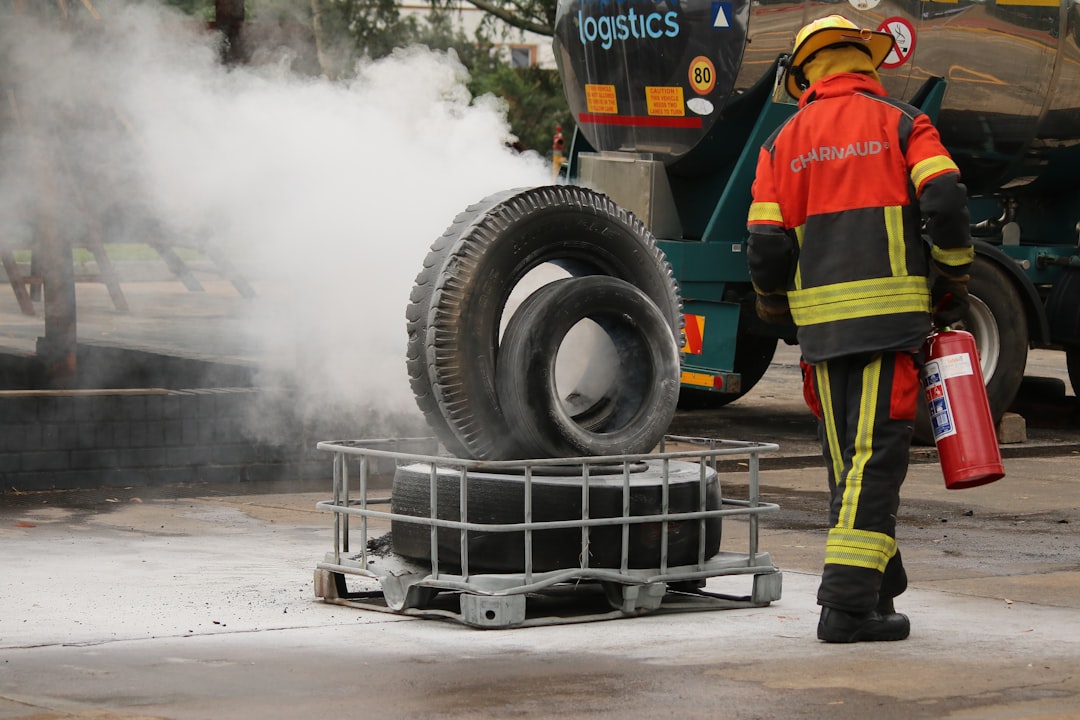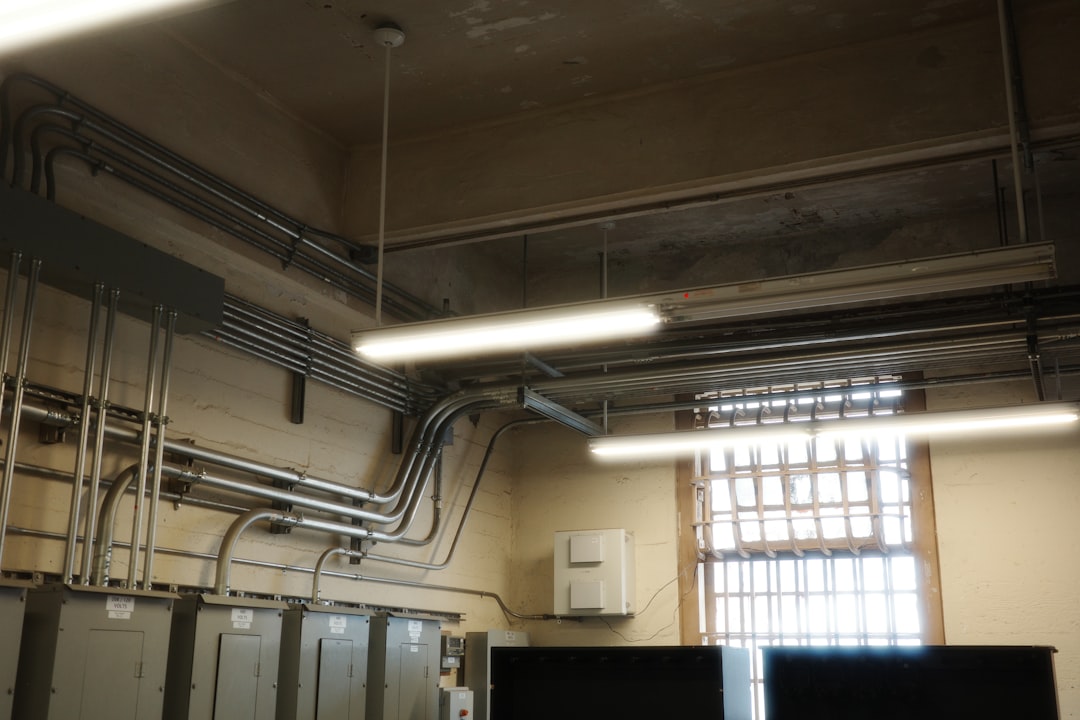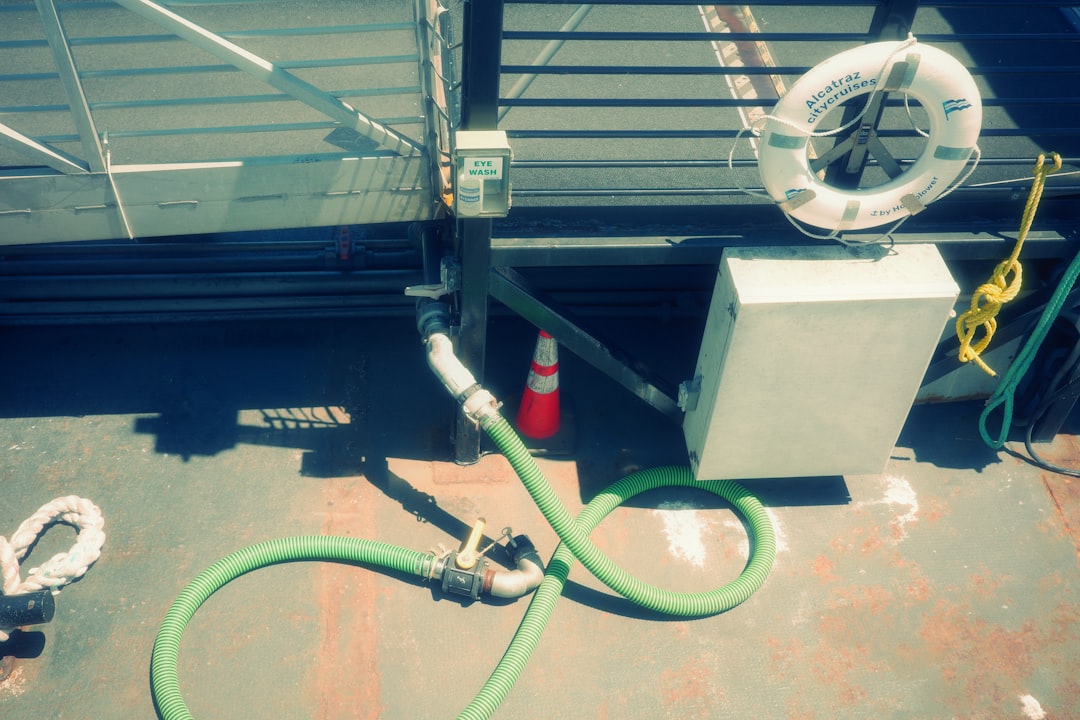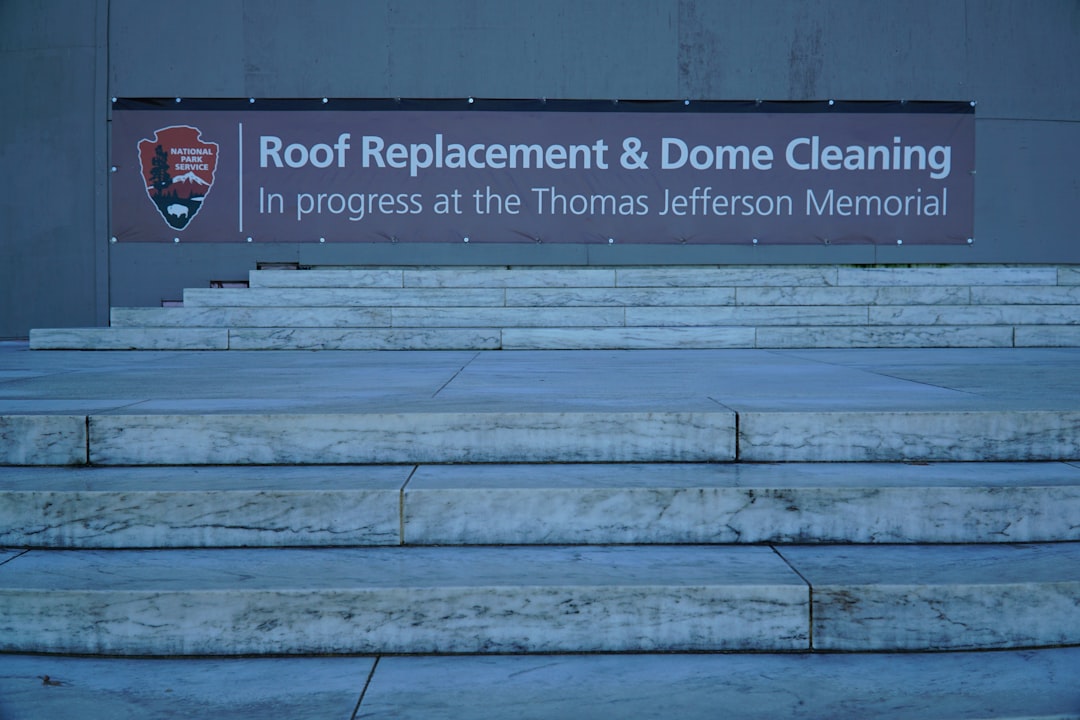

Engage prospects with a scan and streamline customer engagement with FREE QR code marketing tools by Sona – no strings attached!
Create a Free QR CodeFree consultation

No commitment

Engage prospects with a scan and streamline customer engagement with FREE QR code marketing tools by Sona – no strings attached!
Create a Free QR CodeFree consultation

No commitment
QR codes have transformed from a novelty into a strategic tool, connecting offline interactions to immediate online engagement. For air duct cleaning services, QR codes offer a simple and effective way to capture customer attention at key moments, streamline bookings, increase engagement, and enhance indoor air quality awareness, all without complicated setups or extra apps. When prospects can take action in seconds, you eliminate the friction that keeps high-intent customers from converting.
As households and businesses increasingly invest in HVAC maintenance and air duct cleaning for better indoor air quality and energy efficiency, providers face the challenge of missing high-value prospects who see their marketing but never take action. In a competitive landscape, outdated methods such as printed appointment forms or passive flyers often leave leads unidentified and missed, which creates lost opportunities. Modern QR code solutions like Sona QR address this gap by providing instant connectivity and measurable data for every interaction. This helps you turn exposure into pipeline.
Every print asset, from trucks and uniforms to invoices, can become a launchpad for measurable, digital engagement with QR codes. This guide outlines how air duct cleaning services can practically use QR codes to maximize qualified leads, enable smart follow-ups, and optimize the customer journey. The outcome is a tighter connection between offline and online marketing that fuels steady business growth and a more predictable flow of appointments.

Many air duct cleaning services experience the pain of prospects researching options but never filling out forms, resulting in leads that never reach the CRM. QR codes bridge the gap between physical touchpoints and digital outcomes by turning fleeting interest into captured opportunity, and by placing conversion paths one scan away from action.
To make QR work at scale, align placement, message, and destination. Replace analog inputs like paper forms or generic phone numbers with smart, trackable dynamic QR codes that drive to mobile-first flows. Each scan should be purposeful, whether it opens a quote form, books a visit, starts a chat, or collects a review. With dynamic QR codes, you can update destinations as campaigns evolve, keeping your promotions fresh without reprinting assets.
Here’s how to use QR codes effectively:
When QR solutions are integrated at key touchpoints, air duct cleaning providers can turn lost interest into actionable data and stronger conversion rates. This approach replaces analog inefficiencies with measurable triggers for growth and gives operations and marketing teams a unified view of what works.

For many providers, limited visibility into who engages with print assets prevents high-potential leads from being captured. QR codes address these crucial challenges by making every scan a moment of connection and a data point that can guide your next move.
Air duct cleaning customers are often motivated by immediate needs such as allergy relief, post-renovation dust control, or improving energy efficiency before peak seasons. If your marketing prompts curiosity but does not offer instant action, you risk losing the moment of intent. QR codes in marketing compress the time between interest and outcome so that you meet buyers where they are and when they are ready.
QR codes placed on every marketing asset help air duct cleaning professionals identify new leads, respond quickly, and connect marketing activity directly to bookings and revenue. The result is a measurable offline-to-online funnel that supports smarter budgeting and predictable growth.
Choosing the right QR code format can make the difference between engaging a high-intent prospect or letting them slip away. Air duct cleaning services benefit most from formats that speed up quoting, simplify contact exchange, and support post-service follow-up.
Different use cases call for different destinations. For example, a code on a truck should push to a fast estimate or a callback request, while a code on an invoice might ask for a review or offer a maintenance plan. With dynamic QR, you can swap destinations by season, promotion, or geography without reprinting physical materials.
Dynamic QR codes can be changed anytime, allowing you to update destinations as your offers or guidance changes. This ensures you capture and attribute every qualified interaction across campaigns, seasons, and service lines.

Physical installations and field teams can be powerful sources of digital leads. When vehicles, invoices, or service reports are disconnected from your digital marketing, nurturing prospects becomes harder and marketing ROI remains unclear.
Start by mapping every touchpoint your customers encounter from first impression to repeat service. Consider where people have time to scan, what device they are likely to use, and what action would be most valuable in that moment. Then deploy QR codes with clear calls to action that match the context.
Growth comes from making every customer interaction measurable, especially where traditional marketing leaves leads unseen. A well-placed QR can turn passive impressions into pipeline and provide the data needed to optimize every campaign.

QR codes can help address the missed or delayed capture of customer intent, which often gives competitors a chance to win the lead first. When each code aligns with a specific moment in the customer journey, you improve both conversion rates and customer experience.
Focus on three to five high-impact use cases that map to your most common interactions. Start simple and iterate based on performance data. As wins compound, expand into more placements and advanced workflows like automated reminders and retargeting.
By responding to purchase readiness and interest signals from QR data, air duct cleaning businesses can increase conversions and customer loyalty. A steady flow of qualified leads and verified reviews also strengthens local SEO, which supports long-term growth.
A common pain point is the inability to distinguish qualified leads from casual interest due to anonymous offline interactions. QR scans can be leveraged as first-party data signals that reveal intent, timing, and context, which allows you to tailor follow-ups and allocate sales effort wisely. For ad activation, see intent-driven retargeting.
Use multiple QR codes across touchpoints to segment audiences automatically. For example, a scan on a fleet vehicle indicates early-stage curiosity, while a scan on an invoice or technician handout suggests a satisfied customer who may be ready to leave a review or join a maintenance plan. Each scan becomes a behavioral tag you can act on.
Every offline and online interaction can be turned into a measurable touchpoint that supports more effective advertising and relationship building. With platforms like Sona QR, each scan can populate a segment, trigger an alert, and sync to your CRM in real time, so nothing falls through the cracks.
Disconnected channels hinder marketing ROI when engagement on physical assets cannot be linked to digital campaigns. QR codes serve as connectors across offline and online experiences, which enables real-time engagement and richer data collection across every channel.
For air duct cleaning providers, the most common media include trucks and uniforms, door hangers, direct mail, invoices, local TV or streaming ads, and community events. When QR codes are consistently embedded across these placements with clear, benefit-driven CTAs, you not only compress the path to booking but also gain visibility into which channels truly drive revenue.
QR codes serve as the offline onramp to your digital marketing engine and unlock a layer of data across channels that were once difficult to measure. With a centralized platform like Sona QR, you can manage all codes, monitor performance, and sync scan data to your CRM and ad platforms for cohesive reporting.
QR campaigns fall short when codes are deployed without clear tracking or follow-up. A structured plan ensures that your QR activations generate real outcomes and that you can scale what works while quickly fixing what does not.
Use this checklist to plan, launch, and optimize your QR code campaigns. Adapt each step to your objectives, assets, and audience. As you gather data, refine CTAs, placements, and landing pages to increase scan-to-book rates and review volume.
Intentional planning and continuous data-driven adjustments ensure better customer experiences and stronger outcomes. The more disciplined your feedback loop, the faster you will turn scans into booked revenue and five-star reviews.
Proving the effectiveness of print and field campaigns can be difficult for air duct cleaning marketers. QR codes solve this with offline attribution that records the who, where, and when of engagement, and connects those signals to pipeline and revenue outcomes.
Tracking should go beyond raw scans. Monitor each step of the journey such as scans to page views, form starts to form completions, booked appointments, and closed jobs. When your QR platform connects to your CRM, sales and marketing teams can see exactly which asset and message led to a customer conversation and a completed service.
With Sona QR and Sona, you can capture detailed scan data and connect it to multi-touch journeys. Sona QR records scan time, device, and source while Sona.com links engagement to CRM records, identity resolution, and multi-touch models that show how QR interactions contribute to pipeline and closed revenue.
To ensure your QR campaigns drive results instead of being ignored or underused, treat QR as a living part of your customer journey. It should be visible, clearly explained, and paired with a mobile-first destination that loads fast and delivers value within seconds.
As campaigns mature, use automation to follow up on scans in real time. Create sequences that confirm a booking request, prompt for a missing form field, or ask for a review after service completion. These quick touches move people forward and increase conversion efficiency.
Creative deployment examples include QR codes on refrigerator magnets that link to a seasonal maintenance schedule, and QR codes on warranty cards that prompt customers to register and receive filter reminders. These placements keep your brand top of mind while generating repeat bookings.

Many air duct cleaning businesses struggle to see which marketing efforts drive revenue. Those embracing QR codes have created closed-loop attribution while making it easier for customers to take action in the moment, which accelerates the path from discovery to booking.
When you test QR across a few core placements, performance patterns emerge. You may find that truck-side codes convert best on weekends in suburban routes, or that invoice review codes drive the highest volume of five-star reviews. Use those insights to refine creative and double down on what works.
Try creative placements such as “Scan to see your duct camera footage” links on service reports, or “Scan for your maintenance schedule” magnets that drive repeat bookings. Small ideas compounded across many touchpoints can unlock big gains in pipeline predictability.
QR campaigns work best when the promise is clear and the path is short. Be explicit about what a scan delivers, and keep destinations focused on a single action such as instant estimate, schedule now, or leave a review. Reducing steps and page load times makes a noticeable difference in conversion rates.
Common pitfalls include small codes in low-contrast areas, placing codes where people cannot safely stop to scan, or linking to slow pages that are not optimized for mobile. If people have to pinch, zoom, or wait, many will abandon the flow. Fix the basics first, then layer in advanced tactics like dynamic routing and audience tagging. For inspiration on campaign placement and creative, see innovative advertising.
By strategically using QR codes at every stage, air duct cleaning providers can eliminate missed leads, gain clear insight into engagement, and prove marketing ROI. Connecting offline assets with digital outcomes streamlines workflows and enables real-time responses to buying signals, which builds stronger customer loyalty and a more predictable pipeline. For air duct cleaning businesses aiming to increase efficiency and long-term growth, adopting a comprehensive QR code strategy unlocks immediate wins and compounding value with every scan. Start creating QR codes for free.
QR codes have transformed air duct cleaning services from routine maintenance into powerful, measurable growth opportunities. Whether it’s acquiring new customers through informative service details, enhancing client trust with instant access to certifications, or streamlining appointment bookings, QR codes replace traditional friction points with seamless, mobile-friendly interactions that capture real-time engagement and drive conversions.
Imagine knowing exactly which marketing materials generate the most bookings or customer inquiries—and being able to optimize your campaigns instantly. With Sona QR, you can create dynamic, trackable QR codes in seconds, update your campaigns without reprinting, and link every scan directly to business growth. No missed leads, no guesswork—just smarter, more effective marketing for your air duct cleaning services.
Start for free with Sona QR today and turn every scan into a new customer, a booked appointment, or a loyal referral.
Choose a service that provides easy booking options, clear benefits, and uses modern tools like QR codes to streamline scheduling and communication.
Air duct cleaning improves indoor air quality, reduces allergens and dust, enhances energy efficiency, and promotes a healthier living environment.
Frequency depends on factors like allergies, renovations, or seasonal changes, but regular maintenance and cleaning before peak seasons are recommended.
Signs include increased dust, allergy symptoms, post-renovation dust control needs, or reduced HVAC efficiency.
Avoid scams by choosing providers who offer transparent pricing, use trackable booking methods like QR codes, and have verified customer reviews.
The article does not specify average costs for air duct cleaning services.
The article does not provide information on DIY air duct cleaning methods.
Cleaning removes dust, allergens, and contaminants from ducts, reducing airborne particles and improving overall air quality.
Use QR codes on vehicles, invoices, flyers, and equipment to enable instant booking, collect reviews, track engagement, and connect offline marketing to online results.
Provide customers with QR codes at service completion that link directly to review platforms like Google, Yelp, or Facebook to make leaving feedback easy and quick.
Use Sona QR's trackable codes to improve customer acquisition and engagement today.
Create Your FREE Trackable QR Code in SecondsJoin results-focused teams combining Sona Platform automation with advanced Google Ads strategies to scale lead generation

Connect your existing CRM

Free Account Enrichment

No setup fees
No commitment required

Free consultation

Get a custom Google Ads roadmap for your business






Launch campaigns that generate qualified leads in 30 days or less.
